News
Osun Commission Of Enquiry: Ruling Houses Bicker Over Owa Of Otan-Ayegbaju Stool

The battle to determine the number of ruling houses qualified to ascend the throne of Owa of Otan-Ayegbaju in Boluwaduro Local Council, Osun state was revived at the Judicial Commission of Enquiry on Chieftaincy Matters set up by Governor Rauf Aregbesola.
The Commission sitting at the Centre for Black Culture and International Understanding, Osogbo had sought to unravel the mystery behind the seemingly unending bickering over the Owa of Otan-Ayegbaju chieftaincy in line with its mandate.
Although the 2007 Amended Chieftaincy Declaration as gazette by the state government recognized six ruling houses in Otan-Ayegbaju namely: Olamodi, Olasuka, Olatanka, Olaruka, Elemu and Onigbo respectively, the first three ruling houses had petitioned the Judicial Commission of Enquiry on Chieftaincy Matters seeking the removal of Elemu and Onigbo ruling houses.
Meanwhile, in their joint rejoinder before the Commission, the Elemu and Onigbo ruling houses prayed the Commission to correct the fundamental historical error that led to the recognition of six ruling houses in Otan-Ayegbaju and revert back to the three ruling houses of Elemu, Onigbo and Lubayan in line with established tradition of Otan-Ayegbaju from its founding.
The Elemu and Onigbo ruling houses argued that Oba Olagunju Ribihun, in questionable circumstances, had altered the three ruling houses formula by splitting Lubayan ruling house into four namely: Olamodi, Olatanka, Olaruka and Olasuka when he authored and signed a Chieftaincy Declaration when he was the chairman of Ifelodun District with headquarters in Iree in 1957.
In the course of cross examination, Babajide Adeniyi Olagunju, who represented Olamodi, Olasuka and Olaruka ruling houses told the Commission that the three houses were Olamodi before it was split into four by Oba Olagunju Ribihun in 1957. He claimed Otan-Ayegbaju was founded by Olamodi but could not established where Olamodi came from, while he denied knowledge of the 2007 Amended Chieftaincy Declaration that included Elemu and Onigbo as ruling houses in Otan-Ayegbaju.
Pius Adeleke who represented Elemu and Onigbo ruling houses had in his testimony traced the history of Otan-Ayegbaju from the earliest times. According to him, the progenitor of and founder of Otan-Ayegbaju was Prince Olasooye, the 17th son of Oduduwa who left Ife and journeyed through the present Esa-Oke and Otan-Ile before finally settling down at Otan-Ayegbaju.
While answering questions from Kike Adepoju, holding brief for Olatanka ruling family, Adeleke stated that Olasooye had three children namely Oluyanbiti [ELEMU Dynasty], Ogundugba [Onigbo Dynasty] and Atasi [Lubayan Dynasty]. To further establish the authenticity of the three ruling houses theory, Adeleke stated that the Melus being traditional chiefs and the ruling class in Otan-Ayegbaju are saddled with the selection of Onigbo, Elemu and Lubayan who are the principal heads of the Melus in their respective ruling houses without any input from the Owa outside notification by the ruling houses.
He debunked the notion that an Ogbon Owa existed in Otan-Ayegbaju, insisting that there are only 16 Ogbons [Compounds] in Otan-Ayegbaju and that the Ogbon Owa idea was a recent contraption to further cause confusion in the ancient town. He noted that earlier kings that reigned in Otan-Ayegbaju after Olasooye Osilokun were; Ajiboye Owase [Elemu], Oguntunyin Olumodi [Onigbo], Laboyede Olaruka [Elemu], Adejinmi Owasokun [Onigbo] and Olayooye Baba Otan from Elemu ruling house.
Adeleke further stated that despite manipulations and exclusion of Elemu and Onigbo from access to the throne, the two ruling houses have been contesting for the stool of Owa whenever there was a vacancy by presenting candidates like Prince Ogunbiyi, Prince Adeyemi-Doro, and Prince Ademola Omolabi who contested in the exercise that produced the current Owa.
The Erukuku family who appeared as third respondent, claimed to be an integral part of the Olamodi ruling house before they were merged with Olatanka ruling house in 1957 and presented a memorandum to protest their exclusion by Olatanka from the ruling family.
Paul Popoola who represented Erukuku family admitted before the Commission that the ruling houses of Olamodi, Olaruka, Olasuka and Olatanka were hitherto a single ruling house called Olamodi ruling house before 1957. He, however, denied the knowledge of Lubayan ruling house and the Amended Chieftaincy Declaration of 2007 while insisting that the 1957 arrangement subsists.




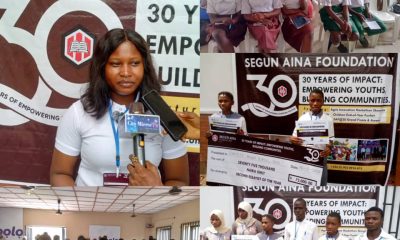

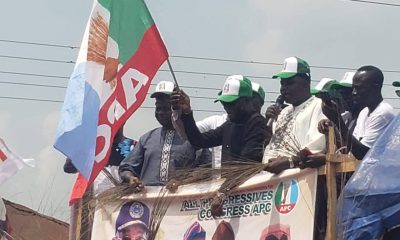

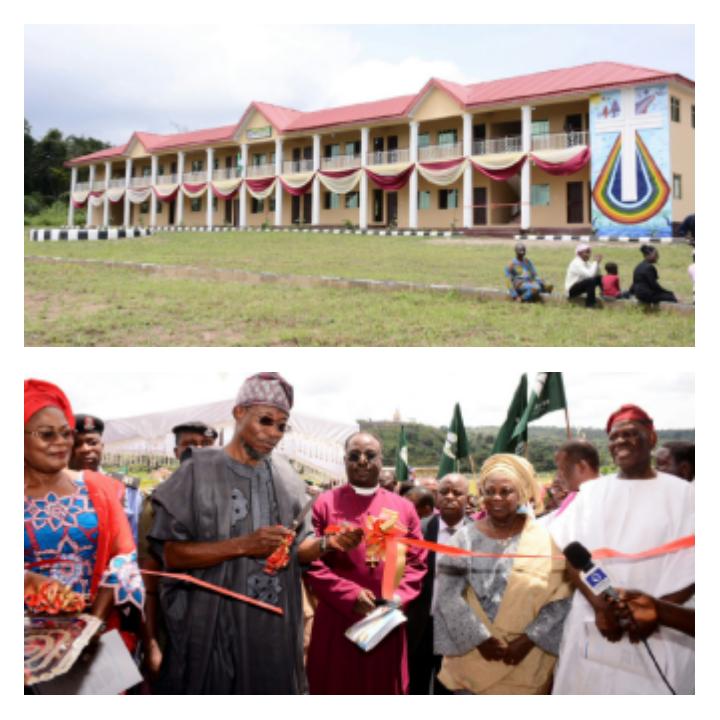


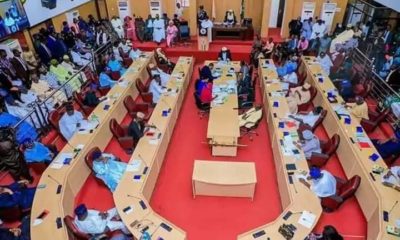

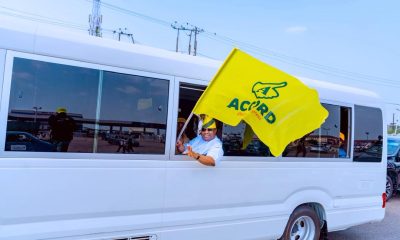

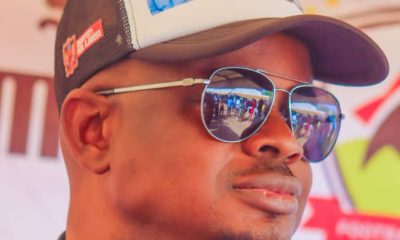

4 Comments